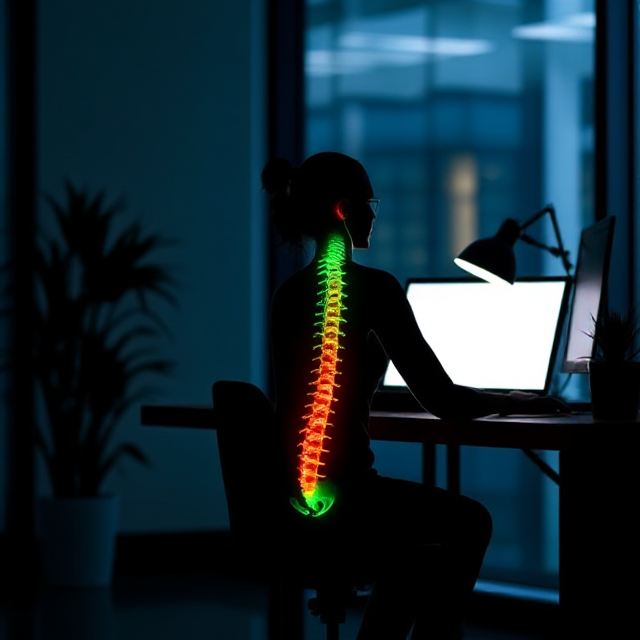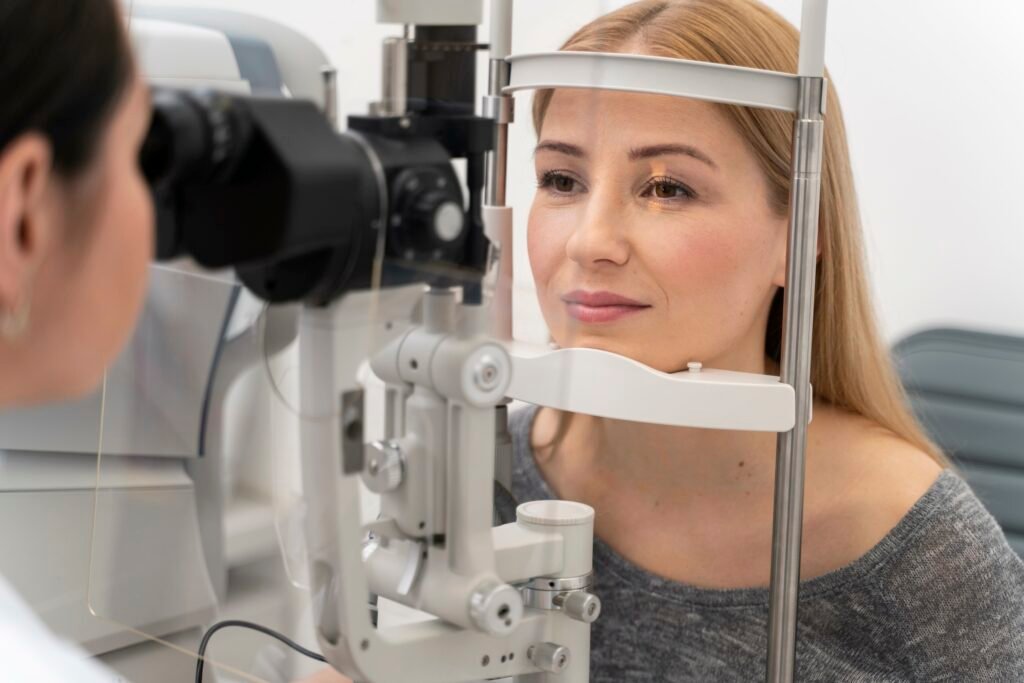Do you spend long hours sitting at your desk, only to end up with back pain or stiffness? Poor posture and prolonged sitting can lead to serious spine issues, affecting your overall well-being. Whether you work in an office or from home, maintaining a healthy spine is crucial for avoiding chronic pain and long-term orthopedic problems.
In this blog, we’ll share expert tips on how to keep your spine healthy while working, prevent back pain, and improve posture. Keep reading to learn simple yet effective ways to protect your spine and avoid common orthopedic issues.
How Prolonged Sitting Affects Your Spine
Sitting for extended periods puts immense pressure on your spine, leading to:
- Poor posture and slouching
- Increased stress on the lower back
- Weakening of back and core muscles
- Higher risk of disc degeneration and chronic back pain
Ignoring these issues can result in serious spinal disorders that may require consultation with an orthopedic doctor in Kota, Rajasthan.
Best Ways to Maintain Spine Health at Work
1. Maintain Proper Posture
Sitting incorrectly can strain your spine and muscles. Follow these posture tips:
✔ Keep your back straight and shoulders relaxed.
✔ Ensure your feet are flat on the floor.
✔ Position your screen at eye level to avoid neck strain.
✔ Use an ergonomic chair with lumbar support.
2. Take Regular Breaks
Sitting for hours at a time is one of the leading causes of back pain. Follow the 20-20-20 rule:
- Every 20 minutes, stand up and stretch.
- Walk for at least 20 seconds.
- Look 20 feet away to reduce eye strain.
3. Strengthen Your Core
A strong core supports your spine and reduces strain. Simple exercises like:
- Planks – Improve core stability.
- Seated leg lifts – Strengthen lower back muscles.
- Chair twists – Enhance spinal flexibility.
4. Use an Ergonomic Workspace
A poorly designed workspace can lead to spinal issues. Optimize your setup by:
✔ Using an adjustable chair and desk.
✔ Placing your keyboard and mouse within comfortable reach.
✔ Investing in a standing desk to alternate between sitting and standing.
5. Stay Active and Stretch Regularly
Lack of movement leads to stiffness. Incorporate:
- Standing desk work sessions to reduce prolonged sitting.
- Gentle back stretches to relieve tension.
- Short walks to improve circulation and posture.
6. Consult an Orthopedic Specialist
If you experience persistent back pain, consulting an orthopedic surgeon in Kota can help diagnose and treat underlying issues before they worsen.
FAQs
Q1: Can a standing desk completely eliminate back pain?
Standing desks help reduce strain, but alternating between sitting and standing, along with regular movement, is key to spine health.
Q2: What is the best sitting position for back pain?
Sitting upright with your back supported, knees at a 90-degree angle, and feet flat on the floor is the best posture.
Q3: When should I see an orthopedic doctor for back pain?
If your back pain persists for more than two weeks, worsens over time, or affects daily activities, consult an orthopedic in Kota for expert advice.
Conclusion
Your spine health is crucial for a pain-free, productive work life. By maintaining good posture, taking breaks, and staying active, you can prevent serious back problems. If back pain persists, don’t ignore it—seek professional help from the best orthopedic doctor in Kota.
For expert consultation and spine care solutions, visit JainOrthoVision today.






